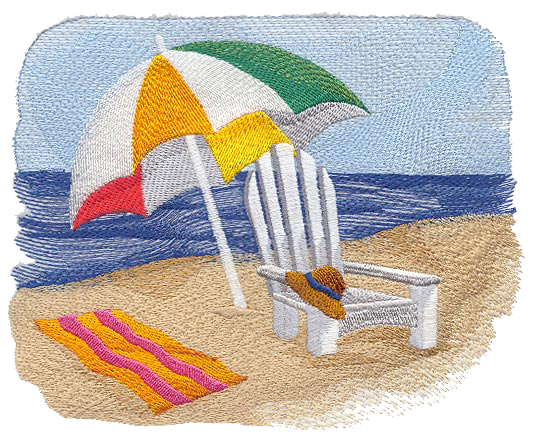Embroidery digitizing is an art form that seamlessly blends traditional craftsmanship with cutting-edge technology. It involves the process of converting intricate designs into digital files that can be read and executed by embroidery machines. True digitizing, in particular, refers to the art of creating precise and high-quality digital files that retain the essence of the original design when embroidered onto fabric. This article delves into the world of embroidery digitizing, exploring its significance, techniques, and craftsmanship required to achieve true digitization.
The Significance of Embroidery Digitizing
Embroidery has been a prominent art form for centuries, adorning textiles with elegant and intricate designs. With the advent of computerized embroidery machines, the craft underwent a revolutionary transformation. Embroidery digitizing brought efficiency and accuracy, making it possible to replicate complex designs with remarkable precision. This transition enabled businesses to meet increasing demands for embroidered products while maintaining the art's artistic integrity.
True Digitizing: The Art of Precision
True digitizing takes embroidery to a higher level by ensuring that the digital design accurately reflects the original artwork's details, colors, and textures. Achieving true digitization requires expertise in using specialized software and understanding the embroidery machine's capabilities. A digitizer must possess a keen eye for detail, artistic flair, and technical prowess to bring out the best in every design.
The Process of True Digitizing
The process of true digitizing involves several steps to transform a design concept into a stitchable digital file:
Design Analysis: The digitizer carefully reviews the original artwork, assessing its complexity, color variations, and stitch types required.
Software Manipulation: Using advanced digitizing software, the artist begins creating a digital representation of the design, deciding stitch directions, densities, and thread colors.
Test Stitching: To ensure accuracy and quality, the initial digital file is tested on a sample fabric or a similar material. This step helps identify any imperfections or areas that require adjustments.
Fine-tuning: Based on the test stitch results, the digitizer makes necessary refinements, tweaking the design until it achieves the desired outcome.
Final Execution: Once the design meets the artist's satisfaction, the digitized file is ready for production. The embroidery machine reads the file, converting the digital commands into beautifully embroidered designs on fabric.
Preserving Artistic Expression
While the digital era brought immense convenience to the embroidery industry, some critics feared that the art's true essence might be lost. However, true digitizing allows artists to preserve their creative expressions with precision and accuracy. By blending their artistic vision with technological expertise, digitizers can enhance and elevate designs, opening up new possibilities for intricate and elaborate embroideries.
Applications of True Digitizing
The applications of true digitizing are vast and varied. From customizing apparel and accessories to embellishing home decor and promotional items, digitized embroidery breathes life into everyday objects. True digitizing caters to both industrial production and individual projects, allowing businesses and hobbyists alike to bring their ideas to life with unmatched finesse.
Final Words
Embroidery digitizing, especially true digitizing, is a fascinating blend of traditional craftsmanship and modern technology. It empowers artists and businesses to create stunning embroideries with precision and accuracy, preserving the essence of the original designs. The true art of digitization lies in the delicate balance between artistic expression and technical skill. As embroidery continues to evolve, true digitizing will remain at its heart, inspiring a new generation of artisans to weave their creativity into the fabric of our lives.
